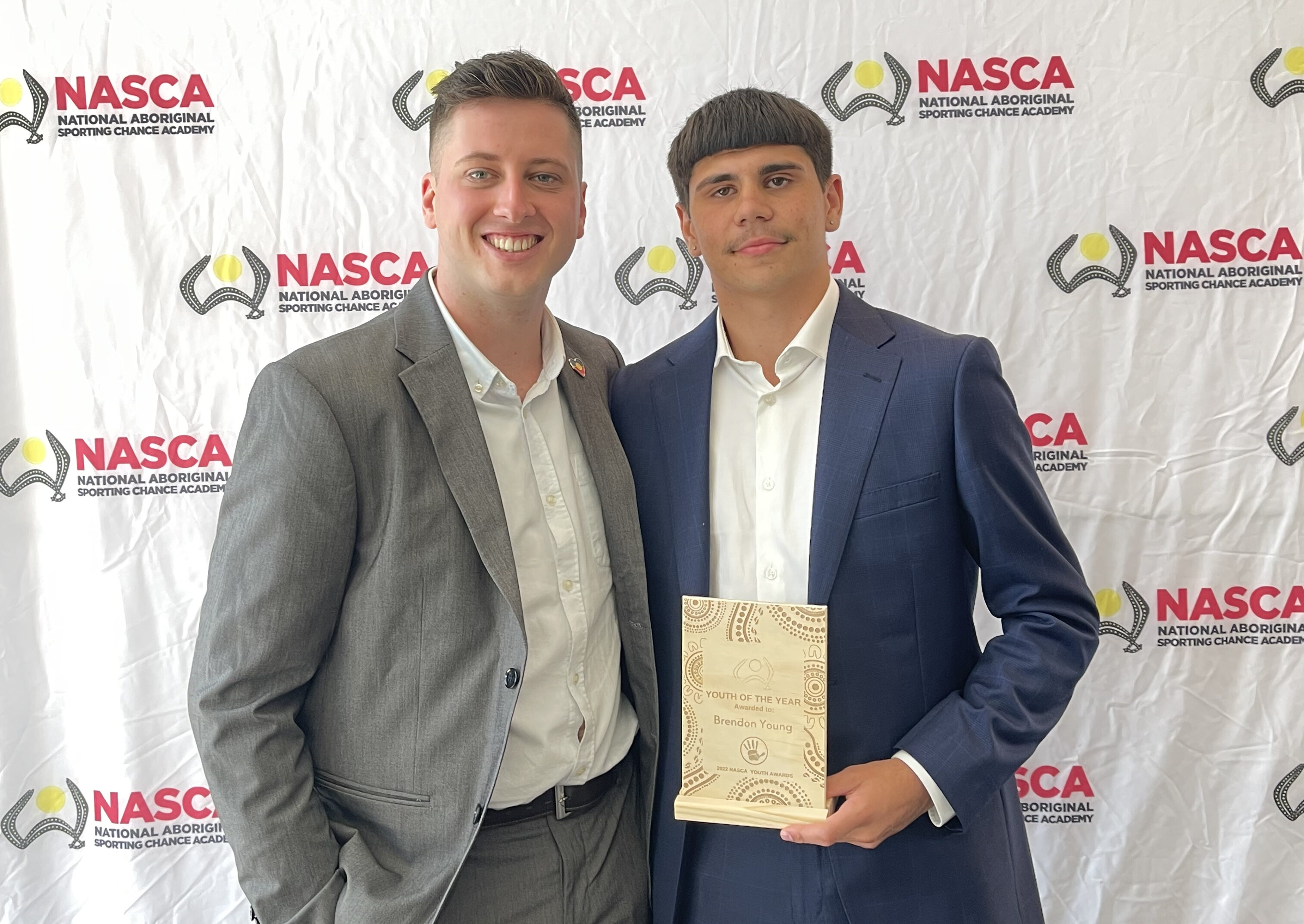NASCA supports Indigenous students towards graduation
-
24 May 2023
-
2 min read
-
David Prestipino

The giant leap to a career begins with a small step for 70 eager First Nations students from the National Aboriginal Sporting Chance Academy.
They will spend a week in Sydney honing their skills and personal development at NASCA’s CareerFit program, meeting First Nations industry leaders and cultural mentors in a bid to further their education and employment prospects.
NASCA helps First Nations students in NSW and remote NT communities engage and strive in school, and in 2022 recorded a 100% graduation rate in NSW – more than double the state’s 43% average.
It’s opening coincides with the AFL’s Indigenous Round and Vivid Sydney, with students attending league matches and events across the city.
One of them will be 17-year-old Brendon Barker, a Wiradjuri Barkindji man.
Two years ago he felt helpless and disheartened after losing a close friend, his beloved Aunty and his father in the space of nine months.
Struggling at school and contemplating quitting, he slowly began loving school again, with the aid of NASCA staff.
“I’m on my way to graduating… having that support system changed my life 100 percent,” he said on Wednesday.
Harry Murphy, a NASCA program leader in Sydney, said the ability of staff to help transition students from school to the workforce was having results.
“We work with these kids throughout the school year, and help them graduate,” he said.
Companies involved in NASCA programs like CareerFit are also educated in how to engage and connect First Nations students.
“The focus is on exposing them to employment opportunities that may otherwise be unavailable to them,” he said.
CareerFit is one of NASCA’s strategies to close the gap on Indigenous school attendance, rates which are regularly below national and state averages.
Latest NSW data shows just over 60% of First Nations people aged between 15-24 are in full-time employment, education or training, compared to 80% of non-Indigenous Australians.

Established in 1995, NASCA has helped 17,000 students in schools across NSW and the NT connect to culture and achieve academic success and school graduation, with calls to expand the program to other states.
Koya Club is another organisation focused on assisting children with education and connection within First Nations communities.
The after school homework group helps Indigenous primary students in Perth’s southern suburbs, and is run by Koya Aboriginal Corporation, with 50 children at its Medina centre.
Indigenous school attendance rates in WA are the second lowest in the nation, at just 66.4 per cent in 2022, with remote areas records lowering the average rate.
The Federal Government recently announced an additional $424 million as part of its Closing the Gap plan, following limited progress to close the education gap.
WA Department of Education director general Lisa Rodgers said in its most recent annual report First Nations student engagement and achievements “were a priority and one of our more significant challenges”.
This story was originally published in the National Indigenous Times.
